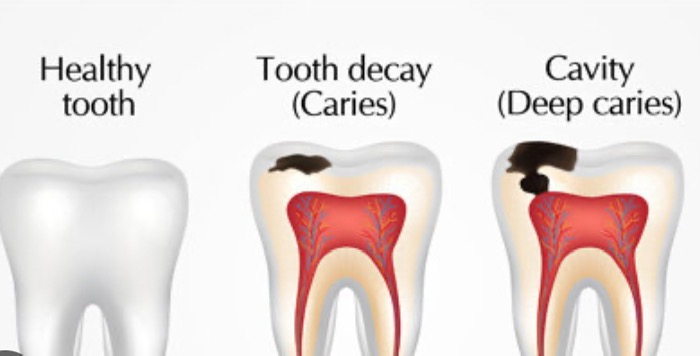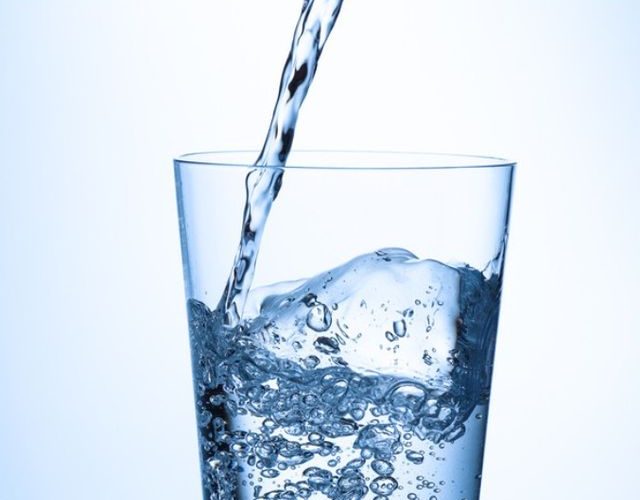If your child needs teeth removed as part of their orthodontic treatment, deciding whether to use sedation or just local anesthetic can be challenging. Here’s a quick guide to help: Sedation: • Best for anxious children or multiple extractions. • Minimizes discomfort and stress. • Requires planning (often at a specialized facility) and supervision afterward.
read more
Did you know proper care can help your dental fillings last longer? Here’s how to keep your smile in tip-top shape: Brush & Floss Daily: Maintain a good oral hygiene routine to prevent decay around the filling. � Choose Healthy Foods: Minimize sugary and acidic snacks that can weaken teeth and fillings. � Avoid Hard
read more
If you’re wearing elastics with your braces, staying consistent is key to seeing results. Here’s why: 1. Effective Tooth Movement: Elastics lose their strength over time. Regularly changing them keeps the right pressure on your teeth, helping them move faster and more efficiently. 2. Maintaining Hygiene: Fresh elastics help prevent bacteria buildup. Changing them frequently
read more
When caught in the initial stages, decay can often be halted with improved oral hygiene, fluoride treatments, and dietary changes to reduce sugar intake. However, once decay progresses to a cavity, it can’t be reversed and will need a filling to restore the tooth’s structure. Preventing tooth decay starts with routine dental checkups and daily
read more
When you have a dental crown, it’s important to take certain precautions to maintain the crown and the health of the surrounding teeth. Here are key tips to follow: 1. Avoid Hard Foods: Refrain from chewing hard foods like ice, hard candies, and nuts that could crack or dislodge the crown. 2. Good Oral Hygiene:
read more
Veneers are thin coverings placed over the front part of teeth to improve their appearance. Veneers are commonly made of porcelain or composite resin and are used to fix discolored, chipped, or irregularly shaped teeth. They provide a natural tooth appearance and are often chosen for cosmetic reasons to enhance smiles. To ensure that veneers
read more
Is the shedding or loss of the mucosal lining inside the mouth. If you notice tissue sloughing bring it up at your next dental check up and note if you have had any changes to medications or oral health products Prevention Tips While not all causes are preventable, you can reduce the risk by: •
read more
When wearing braces, it’s essential to choose foods that won’t damage the braces or get stuck in them. Here’s a breakdown of the best and worst foods to eat while wearing braces: • Soft Fruits: Bananas, berries, peaches, and oranges. • Dairy: Yogurt, soft cheese, and milkshakes. • Soft Grains and Pasta: Cooked pasta, rice,
read more
Top 3 ways drinking water can improve oral health 1. Washes Away Food Particles and Bacteria: Water helps rinse away food particles and debris that can get stuck in the teeth and gums, reducing the amount of bacteria in the mouth that can lead to plaque buildup, cavities, gum disease and bad breath. 2. Neutralizes
read more
Tonsil stones, also known as tonsilloliths, are small, calcified formations that develop in the crevices of the tonsils. They are composed of debris, such as food particles, dead cells, and bacteria, that get trapped in the tonsil crypts (small pockets or folds in the tonsils). Over time, this trapped material can harden or calcify, forming
read more













